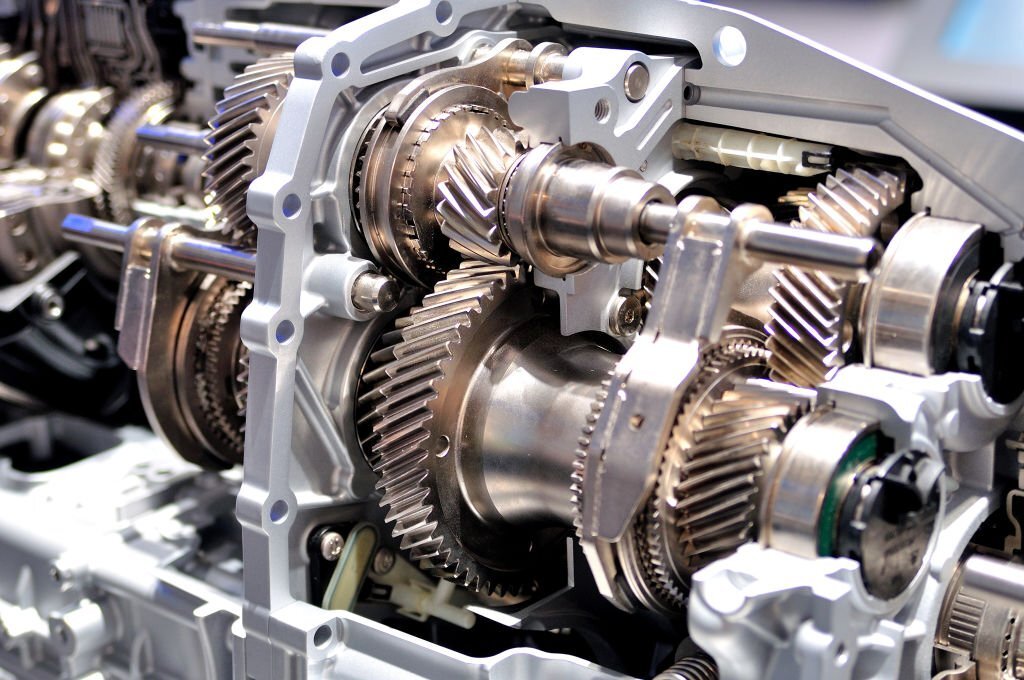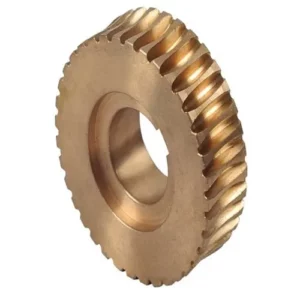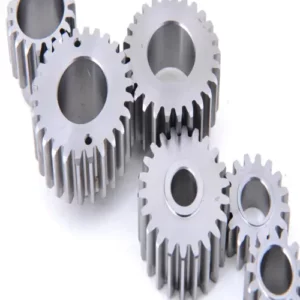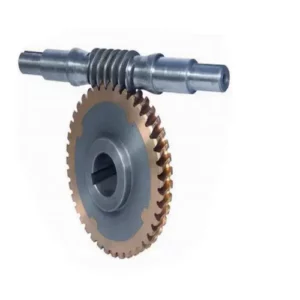manufacturer
wORM GEAR
Since 2003
100% Reliable
Our Products
Our worm gears are engineered for consistent and dependable performance, even in the most challenging environments. Crafted from high-quality materials and precision-machined, they deliver long-term functionality with minimal maintenance. Ideal for heavy-duty applications, our worm gears ensure smooth, reliable operation, providing the durability and performance you can trust.
Since 2003
A Cut Above the Rest
We are a leading manufacturer specializing in high-quality industrial products, including Agricultural Gearboxes, PTO Shafts, Sprockets, Fluid Couplings, Worm Gear Reducers, Gears and Racks, Roller Chains, Sheaves and Pulleys, Planetary Gearboxes, Timing Pulleys, Shaft Collars, and more. With a strong reputation for superior product quality and exceptional after-sales service, we have successfully exported our products worldwide. We warmly invite customers from all over the globe to contact us for business negotiations, information exchange, and cooperation. Our mission is to provide reliable, durable, and cost-effective solutions backed by advanced technology and excellent customer service.


Common Applications of Worm Gears
Worm gears are crucial in industries like automotive, conveyor systems, and lifting equipment. Their ability to reduce speed, increase torque, and provide self-locking features makes them ideal for power steering, material handling, and load-lifting applications. Their versatility and compact design ensure efficient, reliable performance across various machinery.
Automotive Industry
Worm gears assist in power steering systems, providing smooth, precise control.
Conveyor Systems
Used for torque reduction and efficient power transmission in material handling.

Winches and Lifting Equipment
Worm gears offer self-locking functionality for safe, reliable load holding.
%
Durability Guaranteed
Our worm gears are designed for exceptional durability and long-lasting performance. Made from high-quality materials and precision-engineered, they offer superior strength and reliability in demanding applications. Ideal for heavy-duty machinery, industrial systems, and custom solutions, our worm gears ensure smooth operation with minimal wear and extended service life.
Our blog
High-Torque Helical Gears: A Comprehensive Guide
Introduction High-torque helical gears are essential components in a wide range of applications where efficient power transmission is required under high loads. These gears are particularly crucial in industries such as automotive, industrial machinery, and robotics,...
Worm Gears with High Load Capacity: Powering the Future of Mechanical Systems
Worm gears are a critical component in various mechanical systems, and they are particularly valued for their ability to transfer rotational motion and torque between non-intersecting shafts. Their unique design makes them ideal for applications that require a high...
China Custom Customized High Precision Elevator Worm Gear Worm Gear small air compressor
Customized High Precision Elevator Worm Gear and Small Air Compressor Worm Gear from China Custom Our customized high precision elevator worm gear and small air compressor worm gear from China Custom are designed and manufactured to meet your specific needs. Our gears...
How to Properly Use a Worm Gear
Ensure Proper Alignment
Before installation, ensure that the worm gear and its counterpart (usually the worm wheel) are properly aligned. Misalignment can lead to uneven wear and reduced efficiency, so it is crucial to check the gear positions and adjust them if necessary.
Select the Right Gear Ratio
Choose the appropriate gear ratio based on the required torque and speed reduction. Worm gears are often used for high torque applications, and selecting the right ratio ensures optimal performance without overloading the gear system. Ensure that the material of both the worm and the worm wheel is compatible with the load requirements.
Regular Maintenance and Lubrication
Proper lubrication is key to extending the life of worm gears. Ensure that the gears are regularly lubricated with the appropriate oil or grease to reduce friction and wear. Additionally, check the gears periodically for any signs of damage or excessive wear and replace components when necessary to maintain efficiency.
contact Today
Visit Us
We have exported our products to clients around the world and earned a good reputation because of our superior product quality and after-sales service.
Store Hours
M-F: 8am – 5pm




